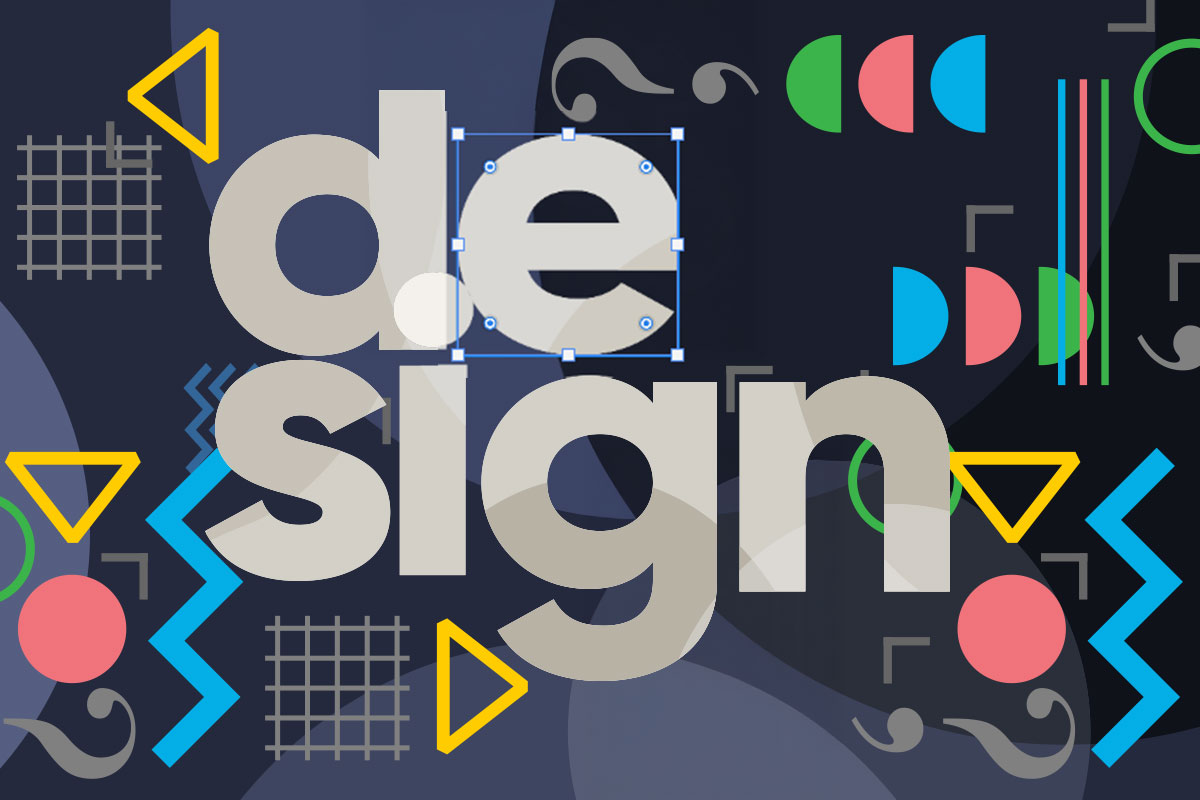Fashion Mistakes That Could Ruin Your Look
Fashion is a beautiful form of self-expression that allows individuals to showcase their unique personalities and tastes. However, even the most stylish among us can fall prey to common pitfalls that may undermine our carefully curated looks. From wearing ill-fitting clothes to ignoring color coordination, and from overaccessorizing your outfit to mixing clashing patterns, these mistakes can have a significant impact on overall appearance. Here’s a closer look at these fashion faux pas and how to avoid them.
Wearing Ill-Fitting Clothes
One of the most detrimental mistakes in fashion is wearing ill-fitting clothes. Regardless of how trendy an outfit may be, if it doesn’t fit well, it can lead to an unflattering appearance. Clothes that are too tight can create discomfort and may even highlight areas one might prefer to downplay. Conversely, overly loose garments can appear sloppy and detract from your figure.
To ensure a proper fit, take the time to understand your body type and invest in pieces that flatter your shape. Consider visiting a tailor for alterations; even minor adjustments can transform a mediocre outfit into a stunning ensemble. A fitted blazer, for instance, can elevate an otherwise simple look and provide a polished silhouette.
When shopping, be mindful of the sizing. Brands often have different size charts, so don’t hesitate to try on multiple sizes. Remember, clothing should accentuate your best features and enhance your confidence. Wearing well-fitted clothes is foundational to achieving a chic and sophisticated appearance.
Ignoring Color Coordination
Color is a powerful tool in fashion, and ignoring color coordination can lead to disastrous outcomes. The hues you choose can either harmonize or clash, affecting your overall vibe. Wearing colors that don’t complement each other can create a disjointed look, drawing attention away from your intended style.
To master color coordination, familiarize yourself with the color wheel. Complementary colors—those opposite each other on the wheel—create vibrant combinations. For example, pairing a deep blue with a warm orange can create a striking balance. Alternatively, analogous colors—those next to each other—offer a more subdued yet cohesive palette, like greens and blues.
Neutrals are another excellent option for achieving a sophisticated look. Colors such as beige, gray, and black can seamlessly blend with various shades, making them ideal for creating versatile outfits. Don’t forget to consider skin tone as well; certain colors can enhance your natural complexion while others may wash you out. A thoughtful approach to color coordination can elevate your fashion game to new heights.
Overaccessorizing Your Outfit
Accessories can be a fantastic way to express personality and add flair to an ensemble. However, overaccessorizing your outfit can lead to visual clutter that distracts rather than enhances. Striking the right balance is essential to achieving a polished and intentional look.
When accessorizing, consider the rule of three. This principle suggests that adding three elements—be it jewelry, a belt, or a hat—creates a well-rounded ensemble. For instance, a pair of statement earrings, a delicate bracelet, and a chic handbag can elevate a simple dress without overwhelming it.
It’s also crucial to consider the scale of your accessories in relation to your outfit. Large, chunky jewelry may overpower a delicate dress, while dainty pieces might get lost against a bold ensemble. Be mindful of the proportions, ensuring that each accessory complements rather than competes with your clothing.
Finally, less can often be more. If your outfit features bold patterns or striking colors, opt for minimalistic accessories to maintain harmony. The goal is to enhance your overall look, not to detract from it. By adopting a thoughtful approach to accessorizing, you can create an effortlessly chic appearance.
Mixing Clashing Patterns
While fashion often celebrates creativity and individuality, mixing clashing patterns can lead to visual chaos. Bold prints can be fun and expressive, but combining them without consideration can result in an overwhelming look. The key lies in knowing how to pair patterns effectively.
When venturing into the world of mixed patterns, start with one dominant print and choose supporting patterns that complement it. For example, pairing a floral blouse with a subtle striped skirt can create a cohesive yet interesting outfit. The floral print can serve as the statement piece while the stripes add depth without overwhelming the look.
Another approach is to focus on color when mixing patterns. Select prints that share a common color palette to maintain cohesion. This way, the patterns can play off each other without clashing. For instance, a polka dot top with a plaid skirt that shares similar colors can create an engaging yet harmonious aesthetic.
If you’re unsure about mixing patterns, start with classic combinations such as stripes and florals or checks and polka dots. As confidence grows, feel free to experiment with bolder choices. Remember, the objective is to create an eye-catching outfit that feels intentional and stylish, rather than haphazard.
Conclusion
Navigating the world of fashion can be a delightful journey filled with opportunities for self-expression. However, avoiding common mistakes like wearing ill-fitting clothes, ignoring color coordination, overaccessorizing your outfit, and mixing clashing patterns is crucial for achieving a polished look. By focusing on fit, color harmony, thoughtful accessorizing, and mindful pattern mixing, anyone can elevate their style and present their best selves to the world.
Fashion should be a source of joy and empowerment, allowing individuals to showcase their unique personalities with confidence. Embrace the art of dressing well and watch as your wardrobe transforms into a reflection of your true self!





